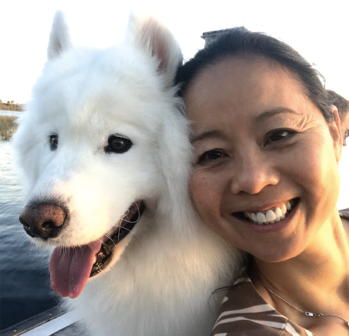Over the past nine years, my journey through the topic of physician burnout has evolved; just speaking about the issue to increase awareness is, simply, not enough. Increased awareness has brought about questions related to individual and—even more so—organizational solutions.
Explore This Issue
August 2019Tait D. Shanafelt, MD, a renowned expert on physician burnout, and John H. Noseworthy, MD, CEO emeritus of the Mayo Clinic in Rochester, Minn., proposed nine organizational solutions to the problem in the Mayo Clinic Proceedings (2017;92:129–146). For the past two years, my resolve to influence and impact has focused on two more: accountability and action. These will be far more effective for the individual physician and provider, as I have found that dialogue on how we experience the burnout spectrum, rather than treating it as a cognitive subject, creates more change. Physicians, advanced practice providers, nurses, and various therapy professionals all need help because, as it turns out, we are all human.
The word “balance” comes from the Middle English, Anglo-French, Vulgar Latin bilancia, from Late Latin bilanc-. Definitions for balance per Merriam–Webster: “the state of having your weight spread equally so that you do not fall; the ability to move or to remain in a position without losing control or falling; a state in which different things occur in equal or proper amounts or have an equal or proper amount of importance.”
Using the phrase “work–life balance” implies that we live lives in which “work” and “life” occur in equal amounts or have equal amounts of importance. For physicians, the state of “balance” is difficult to define and is different for everyone. If we are honest with ourselves, “balance” is an idealistic but unrealistic word for our daily experience. The word is, frankly, contradictory to our training and beliefs as physicians and surgeons. Perhaps those we are training now and future generations will be less at risk for “burnout” as they are being taught awareness of the topic and are already commonly asking just how much “life” their residency training and jobs will afford them. For example, nearly all of the more than 200 applicants to our new pediatric residency program asked what our hospital and program are doing for burnout.

The author with her dog Shiro at Lake Nona in Orlando, Fla.
How do we constructively and delicately share with young, energetic, intelligent, and committed trainees pursuing their dreams to heal others through our noble profession, that the “life” of a physician now has work spilling far beyond 10- to 12-hour days? How do we help them prepare for the immense additional EHR-related clerical and administrative work that likely will make demands on time outside of clinical care? How do you teach residents to possess awareness at home so they can greet their families and pets with their best selves—the same one they gave to their patients and colleagues throughout the day?
In today’s training environment, it is even more critical for us to be role models and incorporate these conversations into education. Undoubtedly, trainees will observe that faculty who participate in a variety of professional activities outside of clinical work—such as speaking and traveling, participation in subspecialty societies and the Academy, clinical research, and everything else that makes up the fabric of our professional career—are kept engaged and have a minimized risk of burnout. For those outside of academic settings, it may be even more important for trainees to observe that one can still experience and practice otolaryngology and all fields of medicine with joy, possible only through awareness, accountability, and action.
Every decision to do more for the sake of our patients, colleagues, and organization, as a part of our job and career and in service of others, comes at a cost. That cost is typically the time we are not spending on self-care to improve our own well being, or not spending with our loved ones. Some of us do better than others; some may be in denial, and some may realize this but believe that they don’t have a choice. After all, how can anyone expect a physician to give less to her patients, career, work, and service to others, especially when our work has such meaning and we actually love what we do?